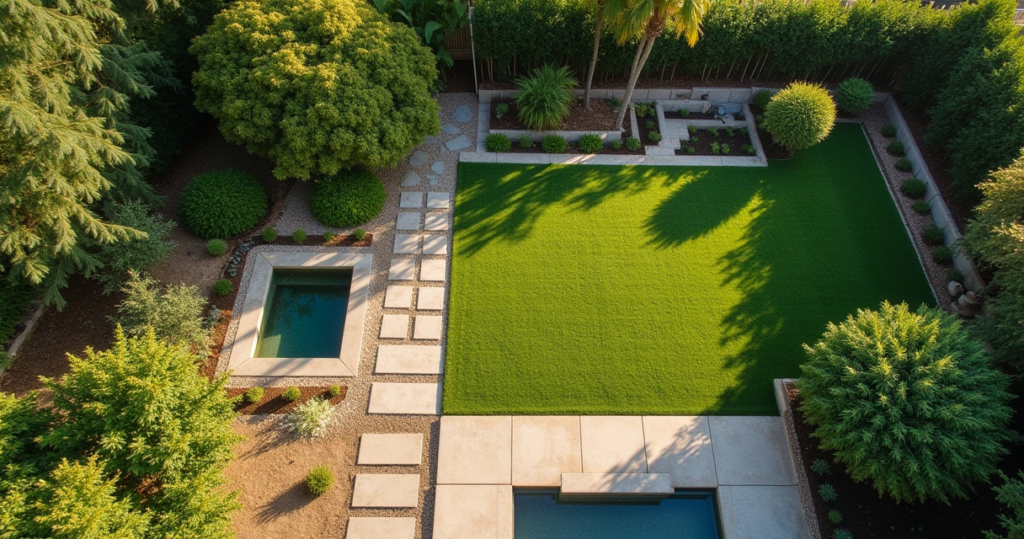Picture this: you’re standing in a client’s garden in Hampshire. The house is a Georgian gem, all symmetry and quiet grace. The ‘backyard’, however, is a disaster. It’s a jumble of mismatched pots, a sad patch of lawn, and a plastic slide that glows with a certain radioactive defiance. My client, bless her, had been furiously pinning images online, but she was stuck. She was drowning in a sea of corporate-speak about ‘outdoor living solutions’ and ‘maximizing curb appeal.’ It was all noise.
The truth about creating a truly enchanting garden—what Americans so charmingly call a backyard—has nothing to do with ticking off a list of trends. It’s about creating a feeling. It’s about structure, soul, and a sense of permanence. It’s about crafting an outdoor room that feels as personal and considered as your library. Forget the noise. Let’s talk about what actually matters.
Strategic Planning for Your Dream Backyard (Part 1)
Before a single shovel touches the earth, the most crucial work happens with a cup of tea and a notepad. This isn’t the thrilling part, I grant you, but it’s the bedrock of everything. Getting this right is the difference between a garden that delights for decades and one that becomes a source of perennial frustration. It’s about thinking before you act—a rather quaint but effective British tradition.
1. Conduct a Thorough Site Assessment for Optimal Layout
You know what people always ask me? “What should I plant here?” And I always respond, “I have no idea. What does the garden want you to plant here?” Before you impose your will upon your plot of land, you must first listen to it. This means spending time—actual, meaningful time—watching how the sun moves across the space. Where are the damp spots after it rains? Where does the wind whip around the corner of the house? This isn’t just data; it’s your garden’s biography.
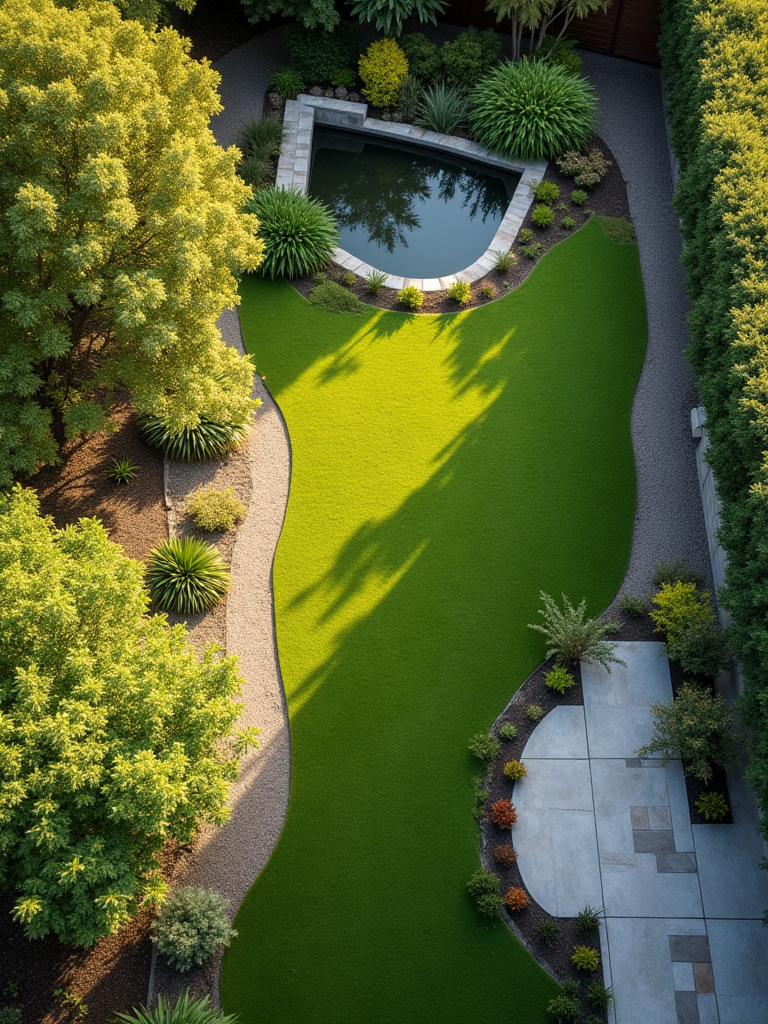
Ignoring this step is the single most expensive mistake you can make. It’s how you end up with a sun-drenched dining terrace that’s entirely unusable for lunch, or a rose garden that languishes in perpetual shadow. The great landscape architects, from Capability Brown onwards, understood that their job was not to conquer the land but to reveal its most beautiful potential. Your assessment is your map to that potential.
This initial observation phase sets the stage for every decision to come, ensuring the very bones of your design are in complete harmony with the natural world around you.
2. Define Your Backyard’s Primary Purpose and Functional Zones
Can we please stop trying to make our gardens do everything at once? The ‘everything-but-the-kitchen-sink’ approach leads to a chaotic muddle. Your garden is not a public park; it’s a series of outdoor rooms, each with a distinct purpose. Just as you wouldn’t put your desk in your dining room, you shouldn’t plonk a swing set in the middle of your quiet reading nook.
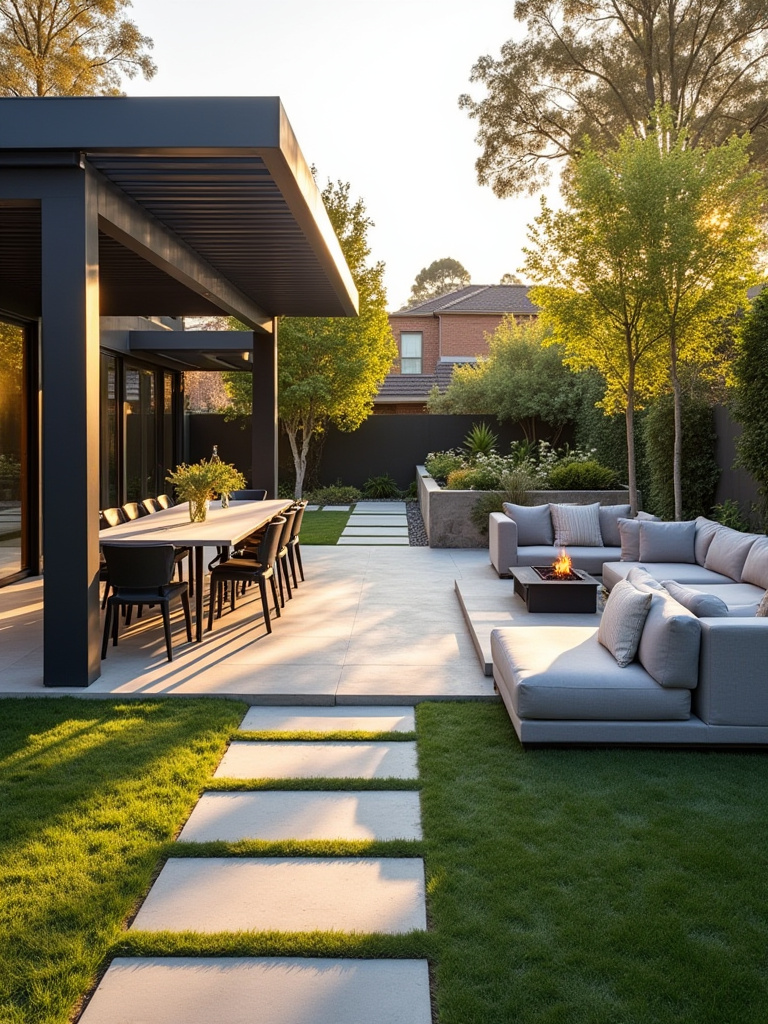
Decide what you truly want from this space. A corner for quiet contemplation with a book? A generous terrace for long, lazy dinners? A patch for growing herbs and tomatoes? Give each activity its own defined zone. You can delineate these ‘rooms’ with subtle shifts in paving, low hedges, or a strategically placed cluster of pots. This creates a sense of journey and discovery, making even a small garden feel larger and more intriguing.
Once you have a clear purpose for each corner, selecting the right furnishings and plantings becomes blessedly simple, guided by function rather than fleeting trends.
3. Establish a Realistic Budget to Guide Your Design Choices
Let’s have a terribly frank conversation about money. The greatest fantasy in the design world is the ‘on-a-shoestring’ makeover that looks like a million pounds. It simply doesn’t happen. Establishing a clear, honest budget from the outset isn’t about limiting your creativity; it’s about liberating it within realistic constraints. It prevents the soul-crushing despair of running out of funds halfway through a project.
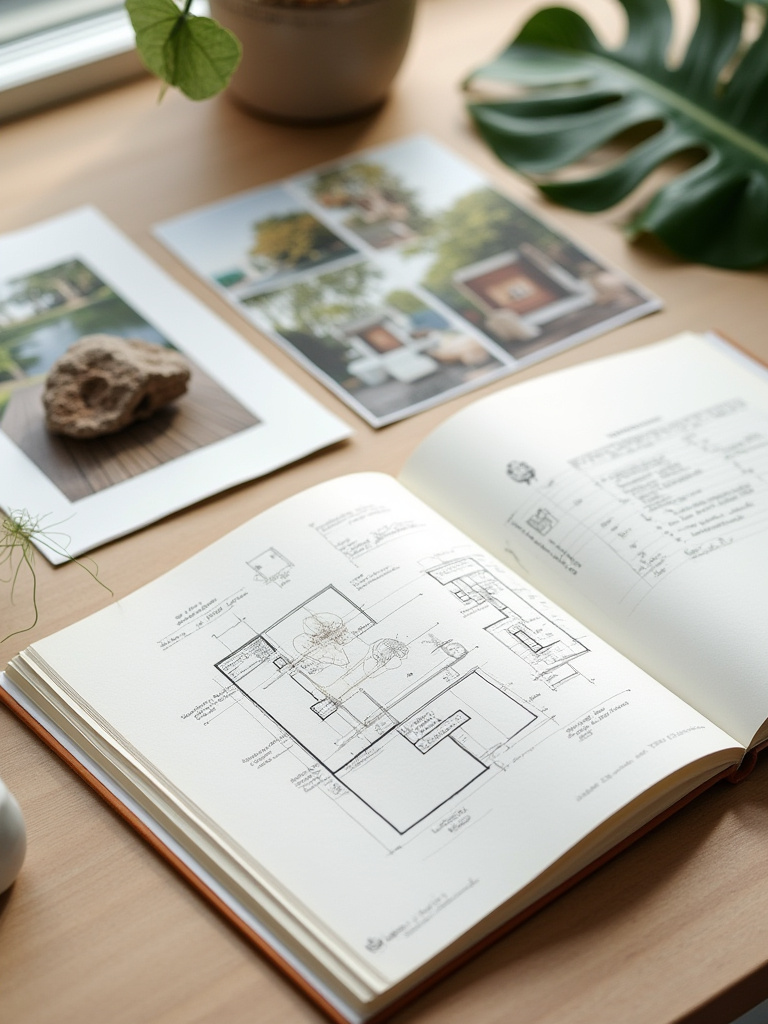
Here’s the shortcut I wish everyone knew: Whatever your budget is, immediately set aside 15% for a contingency fund. Do not touch it. Do not even look at it. Unforeseen issues will arise—a hidden drainpipe, a sudden price increase in materials—and that fund will be your salvation. Being prepared for the unexpected is the very definition of sophistication. The rest of the budget can then be allocated to your priorities: hardscaping first, then major plantings, then furniture and lighting.
This financial clarity is the foundation upon which your beautiful, and completed, garden will be built.
4. Create a Detailed Landscape Design Sketch or Blueprint
A vague idea is not a plan. A proper plan, even a simple sketch drawn to scale on graph paper, is your single most important tool. It’s the story of your garden, the script that everyone—you, your partner, your landscaper—will follow. It translates your dreams of ‘outdoor rooms’ and ‘lovely planting’ into a concrete set of instructions. Where does the path go? How wide is it? How large is the perennial border?
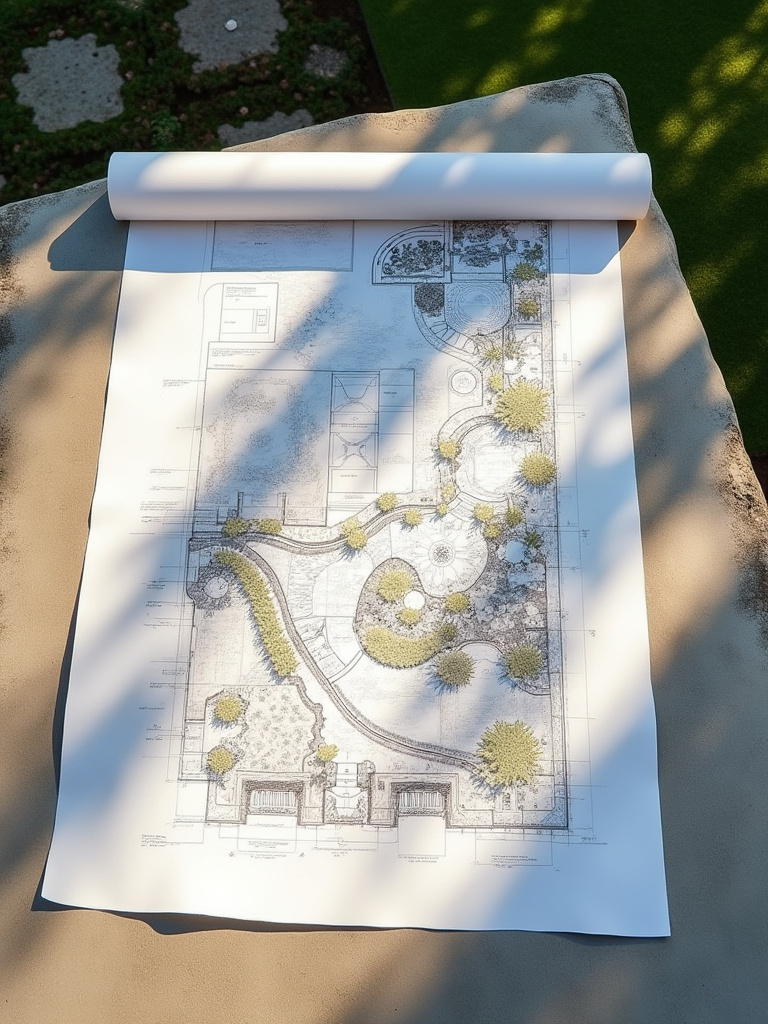
Without this blueprint, chaos reigns. Decisions are made on the fly, proportions go askew, and the final result is a hodgepodge. I once had a client whose builders installed a patio that was so comically undersized it could barely fit two chairs. Why? Because there was no plan. They simply guessed. A simple sketch would have saved thousands of pounds and a great deal of heartache. Don’t skip this.
With your blueprint in hand, you move from wishful thinking to intentional creation, ensuring every element is placed with purpose.
Strategic Planning for Your Dream Backyard (Part 2)
We’ve covered the macro-level planning; now we delve into the single most important detail that will determine whether your garden thrives or merely survives. This is the part where a bit of horticultural scholarship pays enormous dividends, saving you from years of struggle.
5. Research Local Climate and Soil Conditions for plant selection
I have a pet peeve. It’s watching someone try to force a plant to grow where it has no business growing—a lavender bush in a soggy, shady corner, for example. It is a recipe for heartache and a perpetually wilting wallet. The absolute shortcut to a glorious, low-maintenance garden is the principle of “right plant, right place.” This begins and ends with understanding your specific conditions.
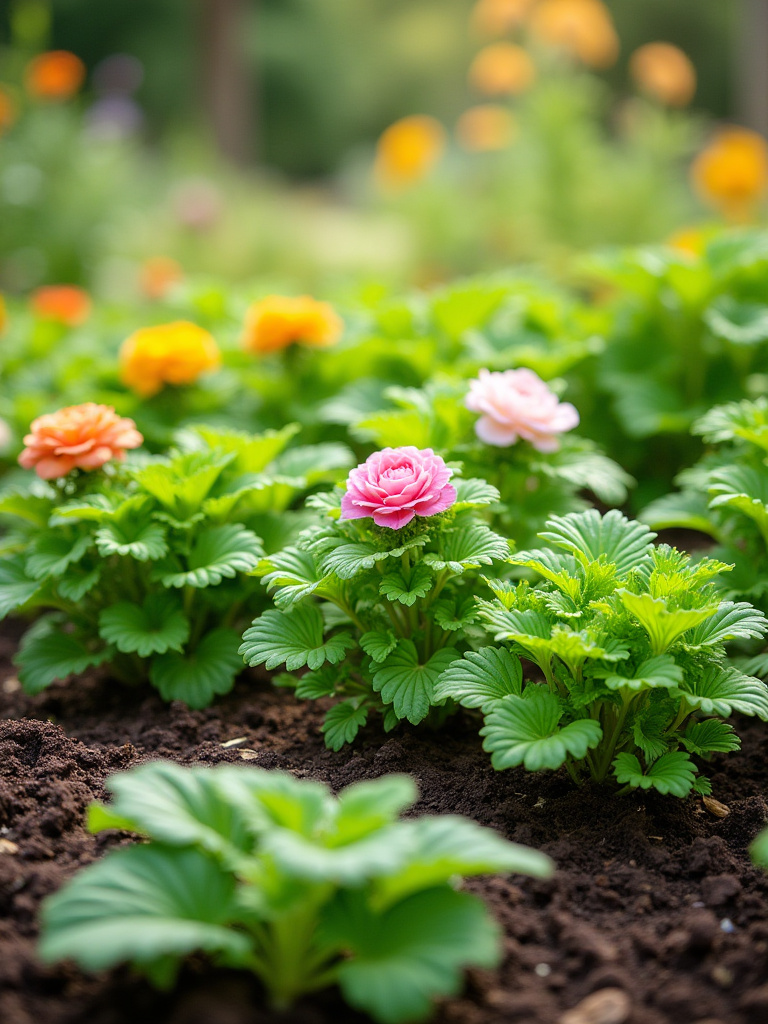
Your soil is not just ‘dirt.’ Is it heavy clay? Sandy? Acidic or alkaline? A simple soil test kit is the best £20 you’ll ever spend. Pair that knowledge with your climate zone and the sun exposure map you made earlier. Now, and only now, should you begin to choose your plants. Select species that are native or well-adapted to your exact conditions, and they will reward you by thriving with minimal fuss. As the great garden designer Gertrude Jekyll knew, working with nature is infinitely easier and more beautiful than fighting against it.
This thoughtful selection process ensures your garden is a living, breathing ecosystem, not a horticultural intensive care unit.
Core Design & Installation Elements (Part 1)
Now for the rather more exciting bit: building the bones of the garden. These are the foundational elements that provide structure, function, and year-round interest. Think of this as building the walls and floors of your outdoor rooms before you begin to decorate.
6. Choose the Right Hardscaping Materials for Patios and Walkways
Hardscaping—your patios, paths, and walls—is the skeleton of your garden. Get it wrong, and the whole composition collapses. The biggest mistake people make is choosing materials based on a trend they saw online, without considering the architectural style of their home. A sleek, modern porcelain tile looks utterly ridiculous next to a 17th-century cottage. The goal is harmony.
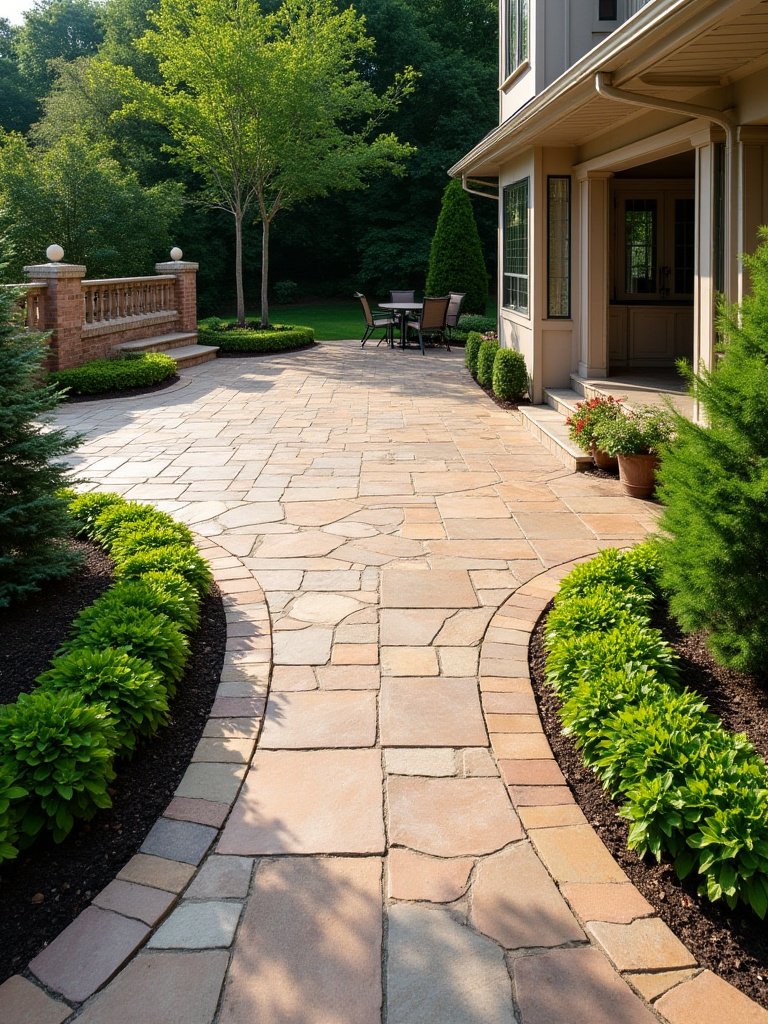
Look at your home’s materials. Is it brick? Stone? Render? Let that guide your choices. Classic Yorkstone or old brick pavers develop a beautiful patina over time; they settle into the landscape and feel as though they’ve always been there. And please, ensure it’s installed properly on a solid foundation. Nothing screams amateur louder than a wobbly, uneven patio. This is where you spend your money wisely, because these are the elements that will endure for generations.
“The bones of the garden must be good. If they are, the garden will look well, even in winter.” – Beatrix Farrand
From this solid foundation, the softer, more ephemeral elements of the garden can truly shine.
7. Implement Effective Drainage Solutions to Prevent Water Issues
I confess, drainage is terribly unglamorous. No one has ever swooned over a well-laid French drain. But I am here to tell you that it is the silent hero of every successful garden. Ignoring drainage is like ignoring the plumbing in your house; eventually, you will have a catastrophic and very smelly mess on your hands. A waterlogged lawn is a swamp, and a patio with pooling water is a skating rink in winter and a mosquito breeding ground in summer.
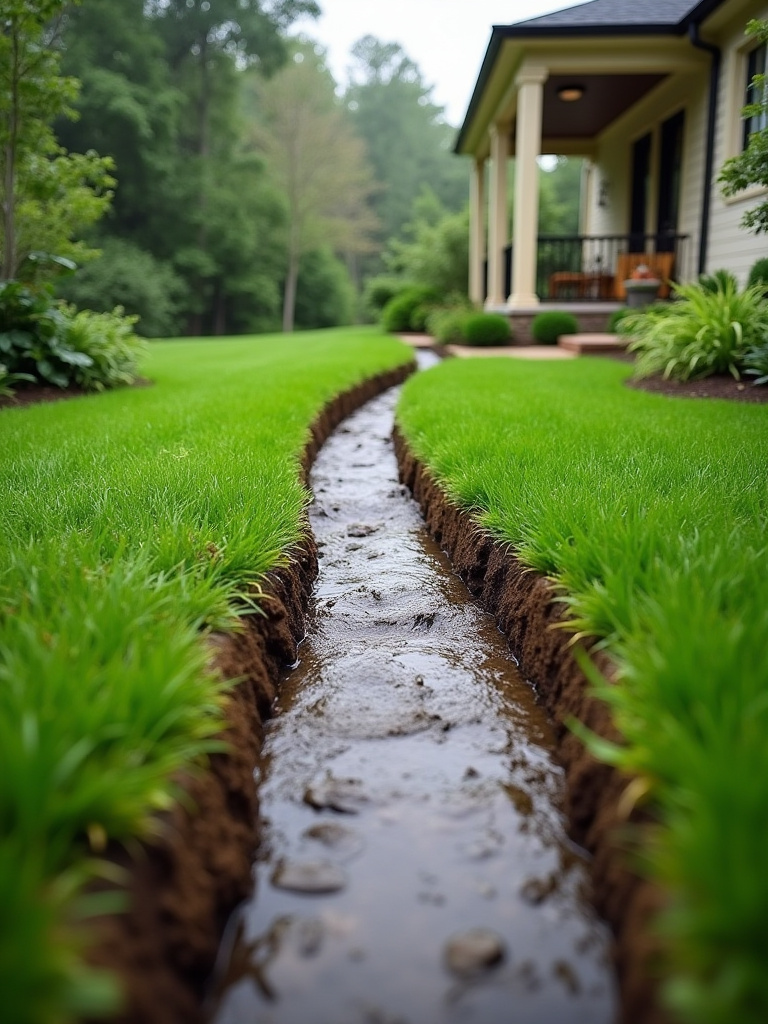
Look for the low spots where water collects. This is where you might need to install a French drain (essentially a gravel-filled trench with a perforated pipe) to channel water away. Or, more simply, grade the land so it slopes gently away from your house and seating areas. Using permeable pavers for a patio is another terribly clever solution, allowing rain to soak naturally into the ground. A good landscaper will talk about drainage before they talk about anything else. If they don’t, show them the door.
With water managed, you create a healthy environment where plants can thrive and hardscaping remains stable for years.
8. Incorporate Thoughtful Planting Schemes for Year-Round Interest
Everyone can make a garden look lovely in June. The true test of a great garden is how it looks in the depths of February. The secret is to think beyond flowers. Your planting scheme should be a symphony with four movements, each season bringing its own unique beauty. This is achieved through what we call ‘succession planting’ and focusing on structure.
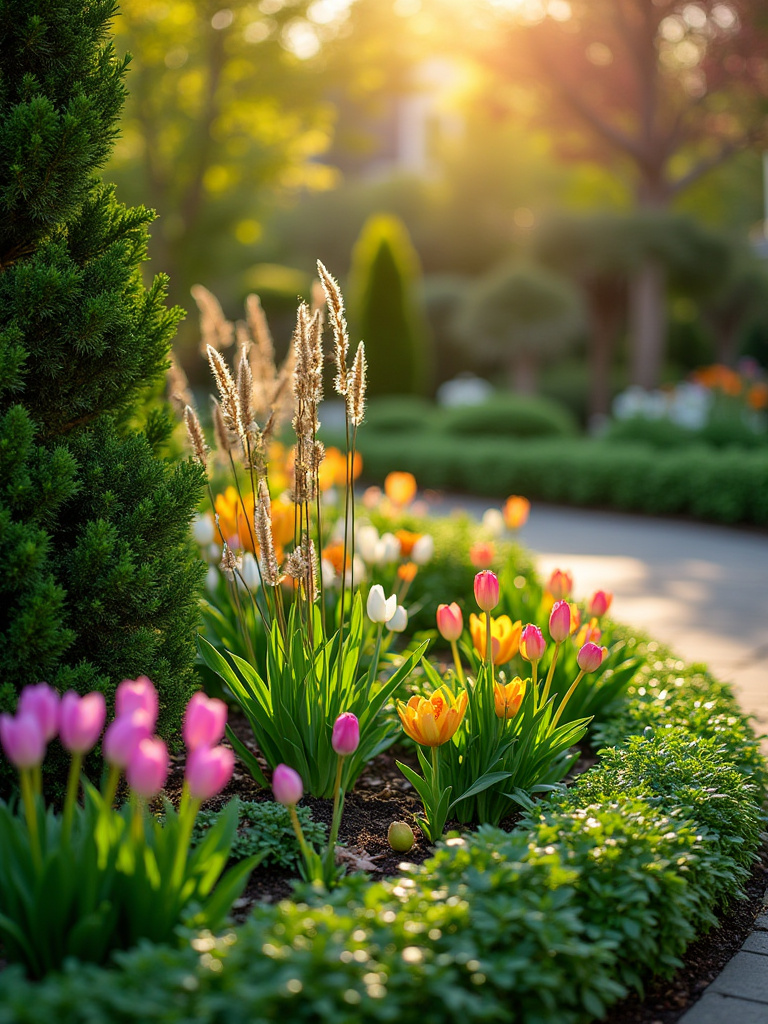
Plant for more than just a fleeting bloom. Consider plants with interesting bark, like a River Birch, or those that hold their structure and seed heads through winter, like ornamental grasses and Sedums. These provide architectural interest against the snow. Layer your plantings: evergreen shrubs for a permanent green backdrop, perennials that emerge and fade, and bulbs that signal the start of spring. This creates a dynamic, ever-changing tapestry that holds your interest all year long.
This four-season approach ensures your garden is a source of joy even on the bleakest winter day.
9. Install Essential Outdoor Lighting for Ambiance and Safety
There is a profound difference between lighting and mere illumination. Most people get outdoor lighting horribly wrong, turning their gardens into a harshly lit parody of an airport runway. The goal is not to eliminate all shadow, but to paint with light, creating mood, mystery, and magic after dusk.
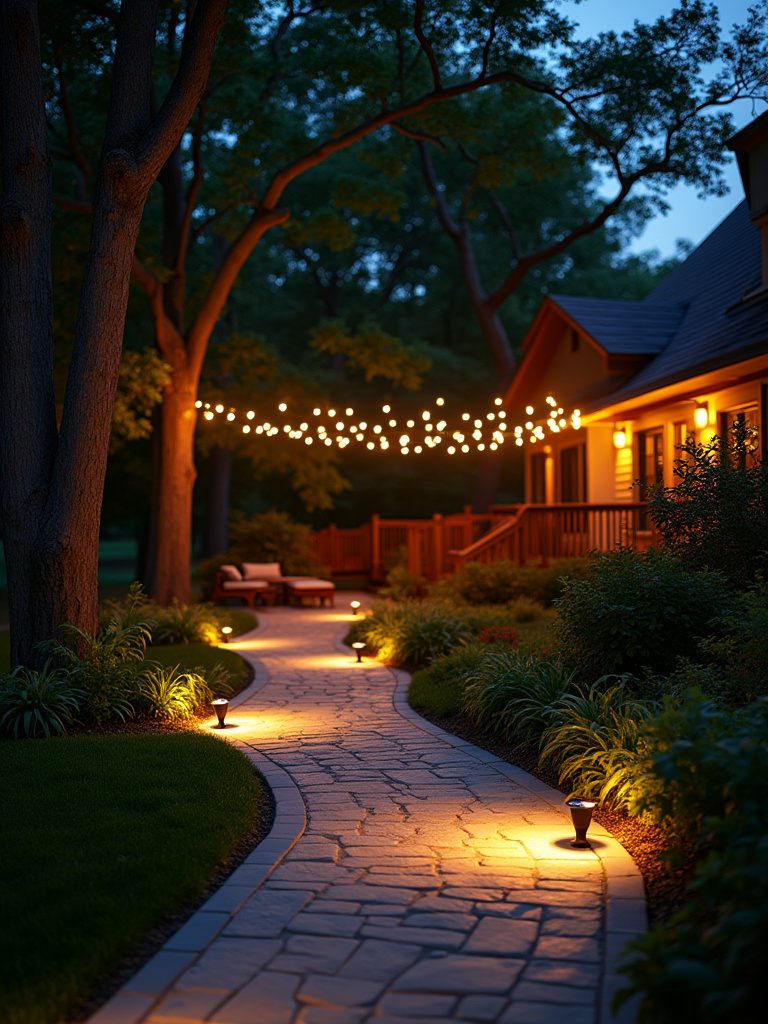
The shortcut here is simple: less is more, and up-lighting is your friend. Place a few carefully aimed spotlights at the base of your most beautiful trees, backlighting them to reveal their sculptural form. Wash a soft glow across an old stone wall to highlight its texture. Use subtle, low-level lights to mark the edges of a path, not to flood it with brilliance. Think of it as creating pools of gentle moonlight, not interrogating the petunias. This subtle approach transforms your garden into an enchanting and usable space at night.
As the sun sets, your lighting scheme takes over, extending the hours of enjoyment and revealing a whole new dimension of your garden’s character.
Core Design & Installation Elements (Part 2)
Having established the garden’s structure, we now focus on the elements that invite human interaction. These are the pieces that turn a beautiful space into a comfortable and functional one, beckoning you to come outside and stay a while.
10. Design and Construct Functional Seating and Dining Areas
A garden without a place to sit is like a library without chairs—lovely to look at, but utterly useless. Your seating and dining areas are the social heart of your outdoor space, so they must be considered with care. The most common mistake is scale. People either choose a tiny bistro set that looks lost on a vast patio or a monstrous sectional that consumes the entire garden.
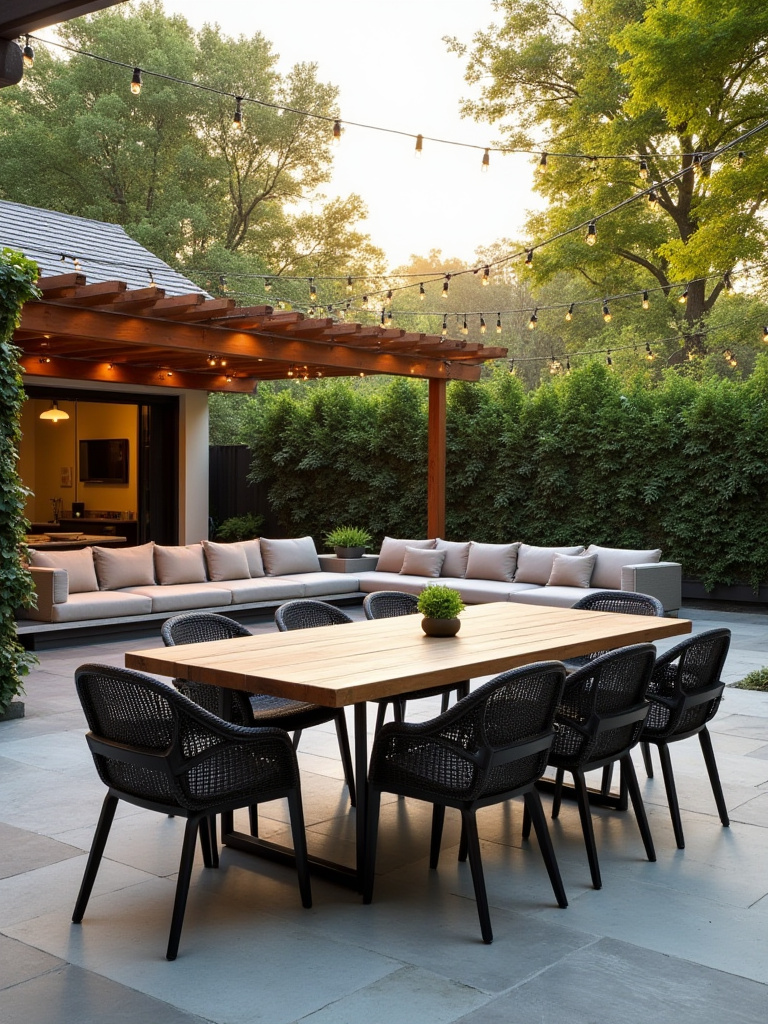
Measure your space carefully and choose furniture that is in proportion. A good rule is to allow at least one metre of clear space around a dining table for chairs to be pulled out comfortably. And consider the sun! Position your dining area where it will get lovely evening light, but perhaps offer some shade from the blazing midday sun. A well-placed bench at the end of a path, catching the morning rays, can become the most beloved spot in the entire garden. It’s all about creating an invitation to linger.
Now that we have places to rest and gather, let’s enhance the experience by appealing to all the senses.
Styling, Comfort & Aesthetic Enhancements (Part 1)
This is where we add the layers of personality and sensory delight that elevate a garden from merely well-designed to truly memorable. It’s the jewellery, the art, and the finishing touches that make the space uniquely yours.
11. Add Water Features for Soothing Sounds and Visual Appeal
The sound of moving water is one of humanity’s most primal comforts. A simple water feature can utterly transform the atmosphere of a garden, masking the drone of traffic with the gentle sound of a burbling spring. It brings a sense of life, movement, and tranquility that no other element can quite match.
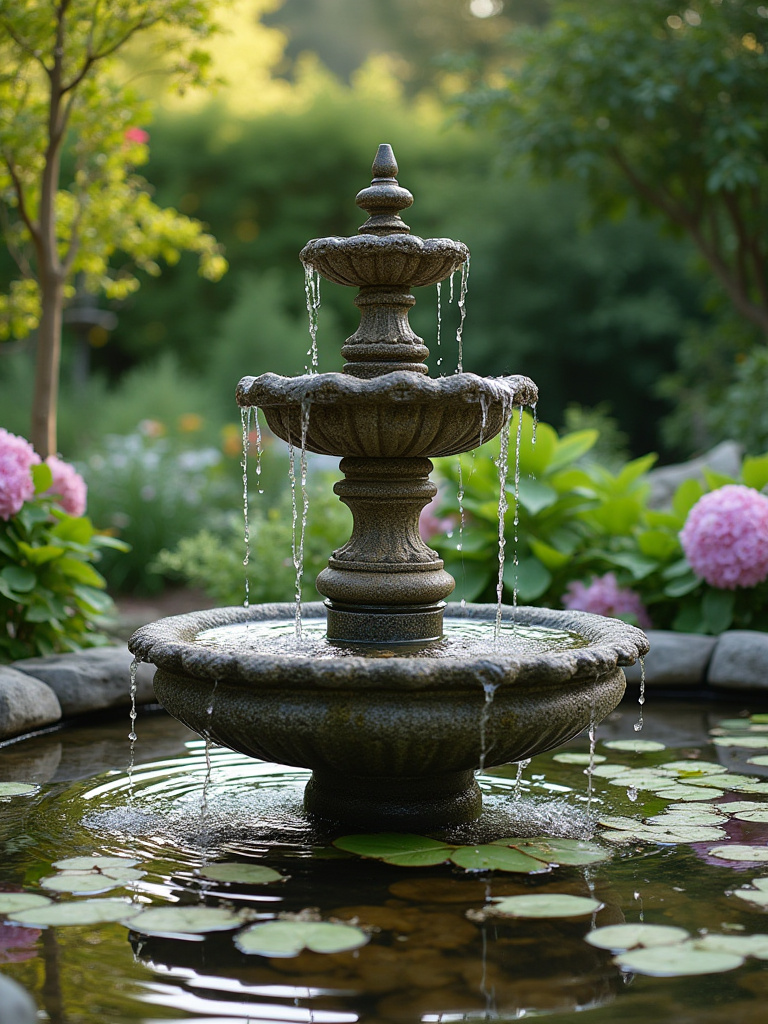
This doesn’t have to mean a grand, Versailles-style fountain. A simple stone basin with a small, recirculating pump or a self-contained wall fountain can be just as effective. I once worked with a client in a noisy part of London whose tiny courtyard was transformed by the addition of a simple bubbling urn. She said it was like having a constant source of calm right outside her kitchen window. Place it where you can see and hear it from both your indoor and outdoor seating areas to maximize its effect.
This addition of sound adds a crucial sensory layer, making the garden a truly immersive escape.
12. Select Outdoor Furniture That Blends Style with Durability
Let me be blunt: cheap outdoor furniture is a false economy. That flimsy metal set will be a rusty, depressing eyesore in two seasons flat. It’s far wiser to invest in fewer, better pieces that will withstand the elements and age with grace. Think of it as buying a fine Chesterfield sofa versus a flat-pack special. One is an heirloom, the other is landfill-in-waiting.
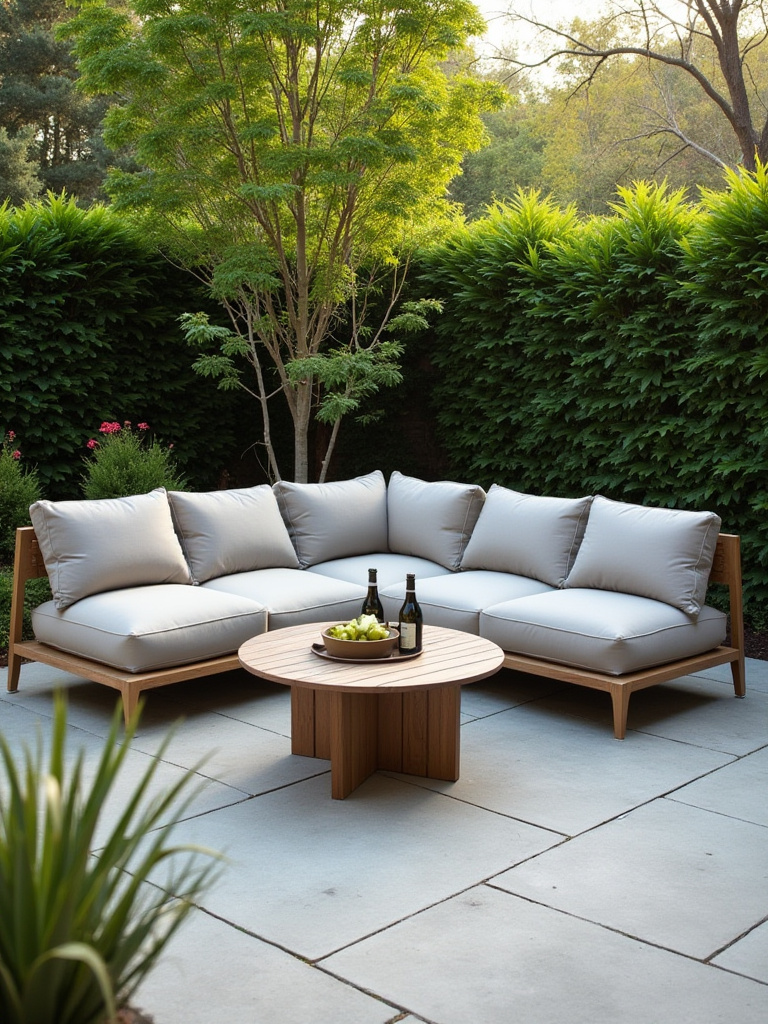
For a classic British feel, you can’t go wrong with Grade-A teak. It weathers to a beautiful silver-grey and lasts a lifetime. For a more contemporary look, powder-coated aluminum is sleek and durable. Whatever you choose, ensure the cushions are made with proper outdoor fabric like Sunbrella, which resists fading and mildew. Your outdoor furniture should be just as comfortable and stylish as its indoor counterparts.
This investment in quality ensures your outdoor rooms are just as inviting and long-lasting as those inside.
13. Integrate Privacy Solutions with Smart Plantings or Structures
Privacy is not about building a fortress. A solid, six-foot fence on all sides can feel terribly oppressive, like living in a stockade. The art of creating privacy lies in screening specific views and creating a sense of enclosure and intimacy without total isolation. Layering is the key.
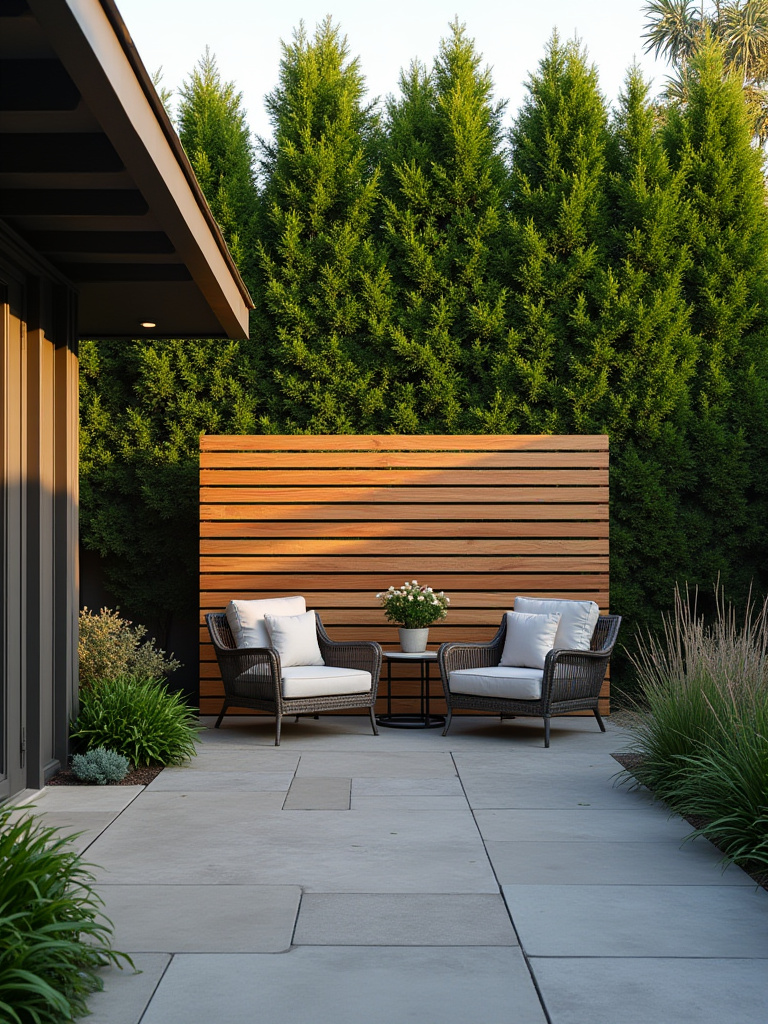
Instead of one tall hedge, consider a staggered row of pleached trees (trees trained to form a screen on stilts) with a lower hedge in front. This breaks up the solid mass and is far more interesting visually. A simple trellis with a climbing rose can be enough to obscure the view from a neighbour’s window. Sometimes, you only need to block one particular sightline to make the entire garden feel completely private. It’s a surgical approach, not a sledgehammer one.
Creating these subtle screens turns an exposed plot into a secluded, personal sanctuary.
14. Create Cozy Nooks with Fire Pits or Outdoor Fireplaces
Fire is the ultimate gathering point. For millennia, humans have been drawn to the warmth and flicker of a flame. An outdoor fireplace or a well-designed fire pit becomes the modern hearth, the natural hub for conversation and connection on a cool evening. It extends the usability of your garden well into the shoulder seasons of spring and autumn.
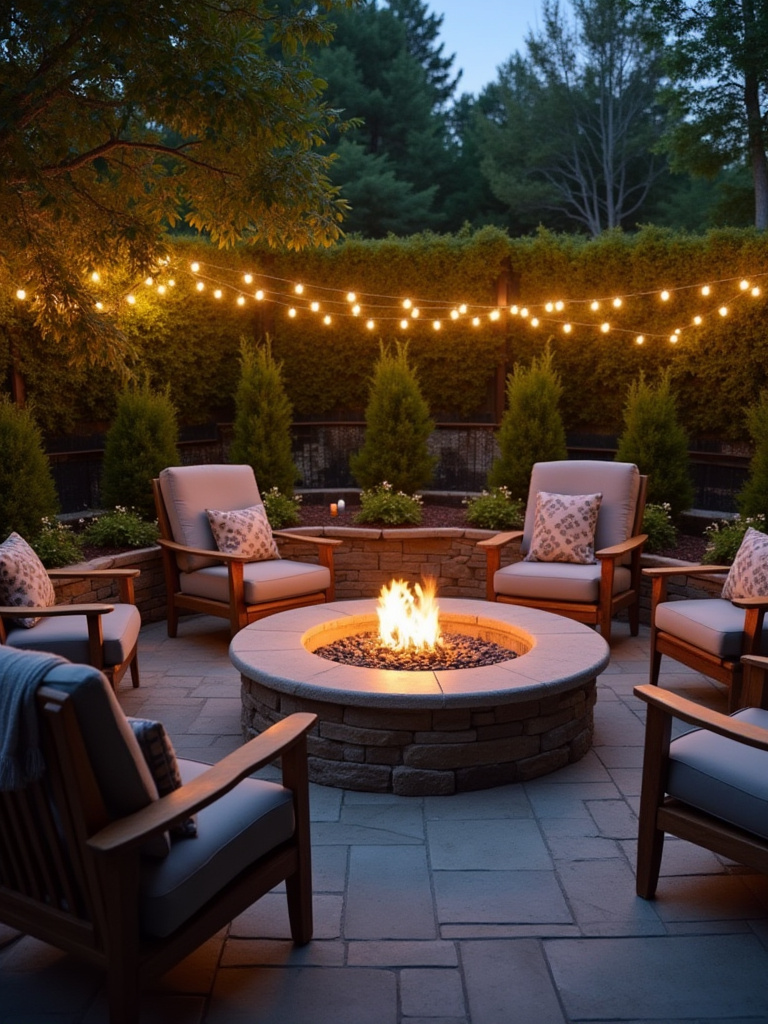
My advice is to integrate it thoughtfully. A simple, portable fire pit can be perfectly charming, but a built-in stone fireplace or a corten steel fire bowl can become a stunning architectural feature in its own right. Arrange comfortable seating around it to encourage lingering. There is nothing better than wrapping up in a blanket with friends, a glass of wine in hand, watching the stars come out by a crackling fire. It creates memories.
With warmth and light established, we can turn to the smaller details that inject color and personality.
Styling, Comfort & Aesthetic Enhancements (Part 2)
These are the final flourishes, the personal touches that truly bring your garden to life. They provide pops of color, moments of wit, and the details that make visitors smile.
15. Introduce Decorative Planters and Container Gardens for Color
I think of container gardens as the jewellery of the garden. They are the perfect way to add vibrant, seasonal color exactly where you need it—by the front door, on the corner of a patio, or clustered together to create a focal point. Their great advantage is flexibility. You can change them with the seasons for a constant stream of interest.
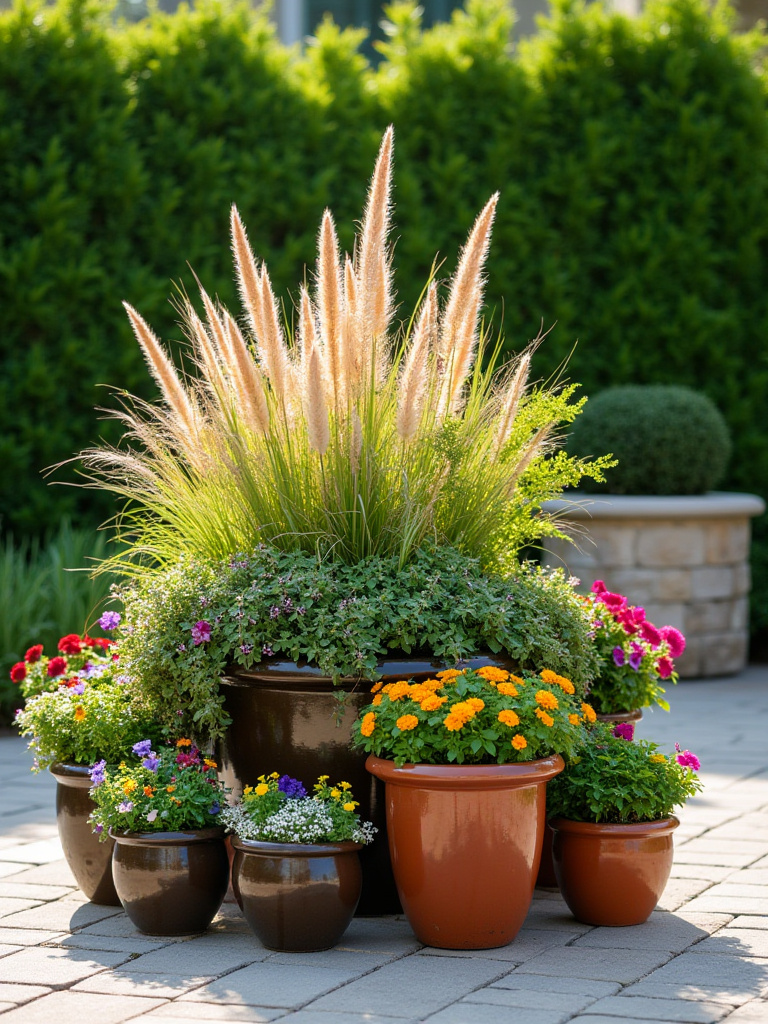
The key to a truly fabulous container is the “thriller, filler, spiller” concept. Plant something tall and dramatic in the centre (the thriller), surround it with mounding plants (the filler), and finish with something that tumbles elegantly over the edge (the spiller). And please, invest in good pots. A few large, high-quality terracotta or glazed ceramic pots look infinitely more sophisticated than a dozen small plastic ones. Scale matters. Go bigger than you think you need to.
These curated arrangements allow you to paint with plants, creating vibrant compositions that can be moved and modified at will.
16. Hang Artful Outdoor Decor and Wall Adornments
Don’t neglect your vertical spaces! A bare fence or a blank wall is a wasted opportunity. Think of these surfaces as the walls of your outdoor rooms, waiting to be adorned with art. This adds personality, character, and can cleverly disguise an unattractive surface.
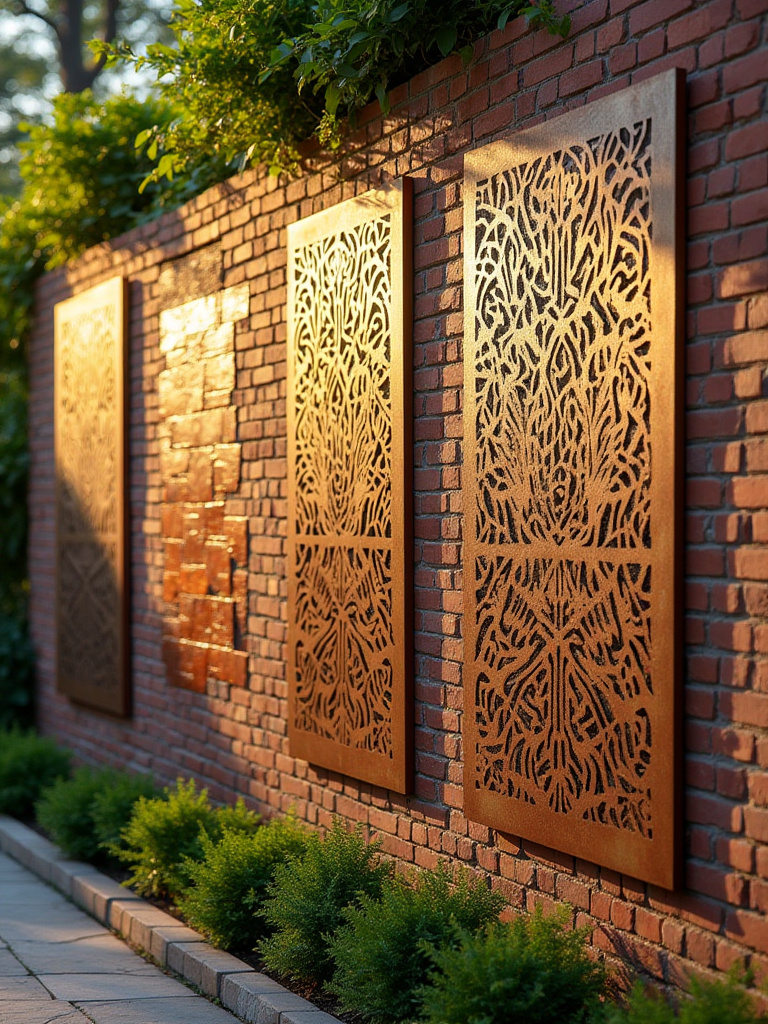
This doesn’t mean you need to hang a priceless sculpture. A simple, well-made iron trellis planted with a climbing clematis becomes a piece of living art. An outdoor mirror can create a wonderful illusion of space and reflect light into a shady corner. I once saw a client use a collection of old, weathered metal ceiling tiles to create a stunning mosaic on their garden shed. It was witty, personal, and utterly brilliant. Just ensure that whatever you choose is properly weather-resistant.
These vertical elements add a crucial layer of depth and interest, drawing the eye upwards and making the space feel more complete.
Long-Term Enjoyment & Sustainable Practices (Part 1)
A truly successful garden is not a static creation; it’s a living system. Embracing practices that promote its health and reduce your workload is the ultimate expression of sophisticated, intelligent design. It’s about working smarter, not harder.
17. Implement Smart Irrigation Systems for Efficient Watering
Watering can be a dreadful chore, and most people do it incorrectly, either drowning their plants or just teasing them with a light sprinkle. A smart irrigation system, like a drip hose on a timer, is a game-changer. It delivers water slowly and directly to the roots, exactly where it’s needed, with minimal evaporation or waste.
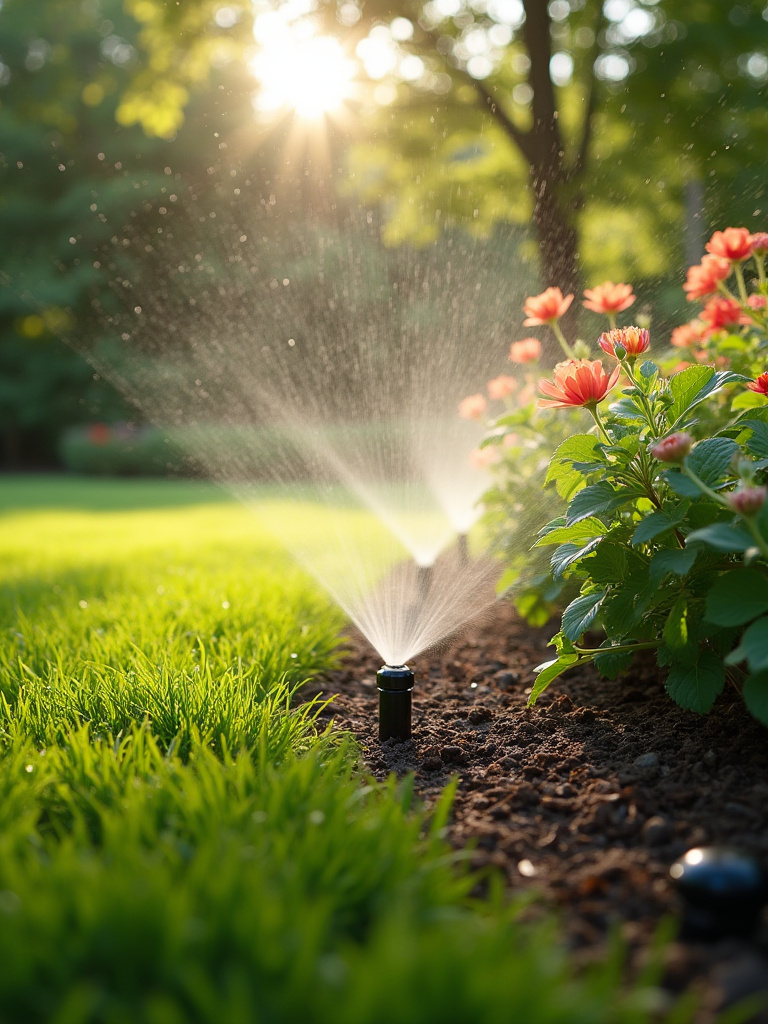
This isn’t just about convenience; it’s about healthier plants. Deep, infrequent watering encourages strong, resilient root systems, making your plants more drought-tolerant in the long run. I tell all my clients to water deeply once or twice a week rather than a little bit every day. A simple, well-planned drip irrigation system is an upfront investment that pays dividends for years in time saved and water conserved. It’s the sensible, sustainable choice.
This efficient approach to hydration underpins the long-term health and resilience of your entire garden.
18. Prioritize Native Plants for Low-Maintenance and Biodiversity
I know I’ve touched on this before, but it bears repeating: planting native species is the laziest—and therefore, the most intelligent—form of gardening. These are the plants that have evolved for millennia to thrive in your exact soil and climate. They are naturally resistant to local pests and diseases and require far less water and fuss than exotic imports.
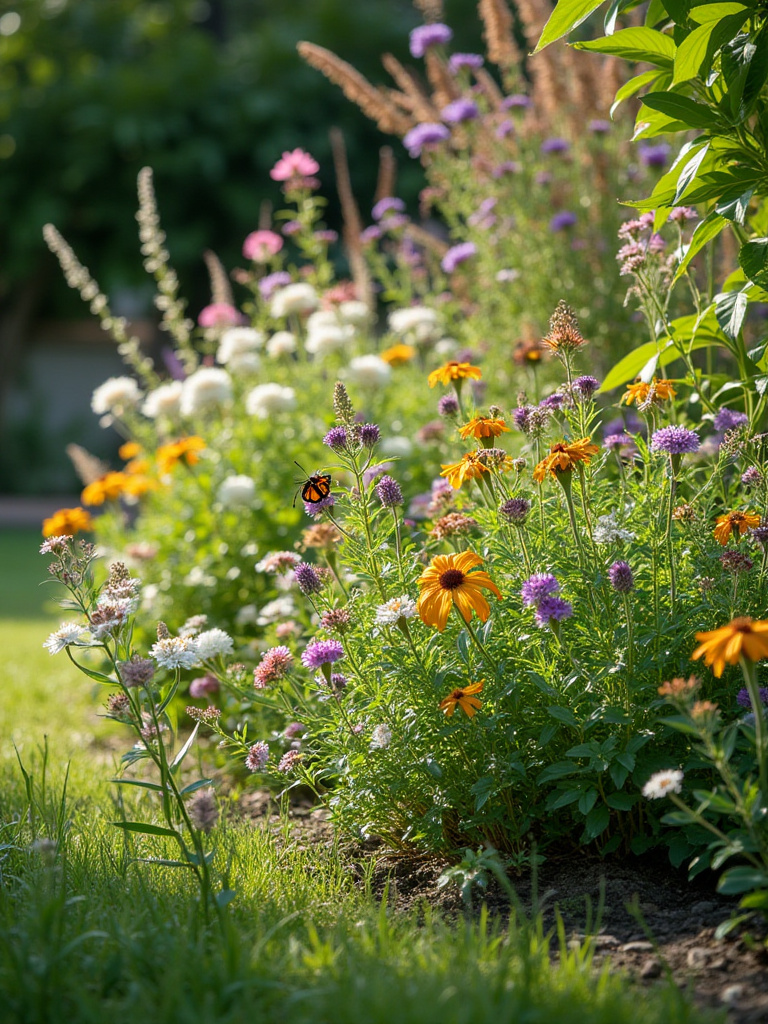
But it’s more than just a low-maintenance choice. By planting natives, you are actively restoring a piece of your local ecosystem. You provide essential food and habitat for native bees, butterflies, and birds. Your garden ceases to be a mere collection of pretty things and becomes a functioning, vital part of the natural world. It’s a profoundly satisfying way to garden, connecting your small patch of earth to the wider landscape.
This ecological approach creates a garden that is not only beautiful but also vibrant and full of life.
19. Establish a Composting System for Organic Waste Management
The idea of throwing away kitchen scraps and garden clippings fills me with a kind of quiet horror. It’s like throwing away gold. Composting is the magical, alchemical process of turning this ‘waste’ into a rich, dark, crumbly soil amendment that your garden will absolutely adore. It is, without question, the best thing you can do for your soil’s health.
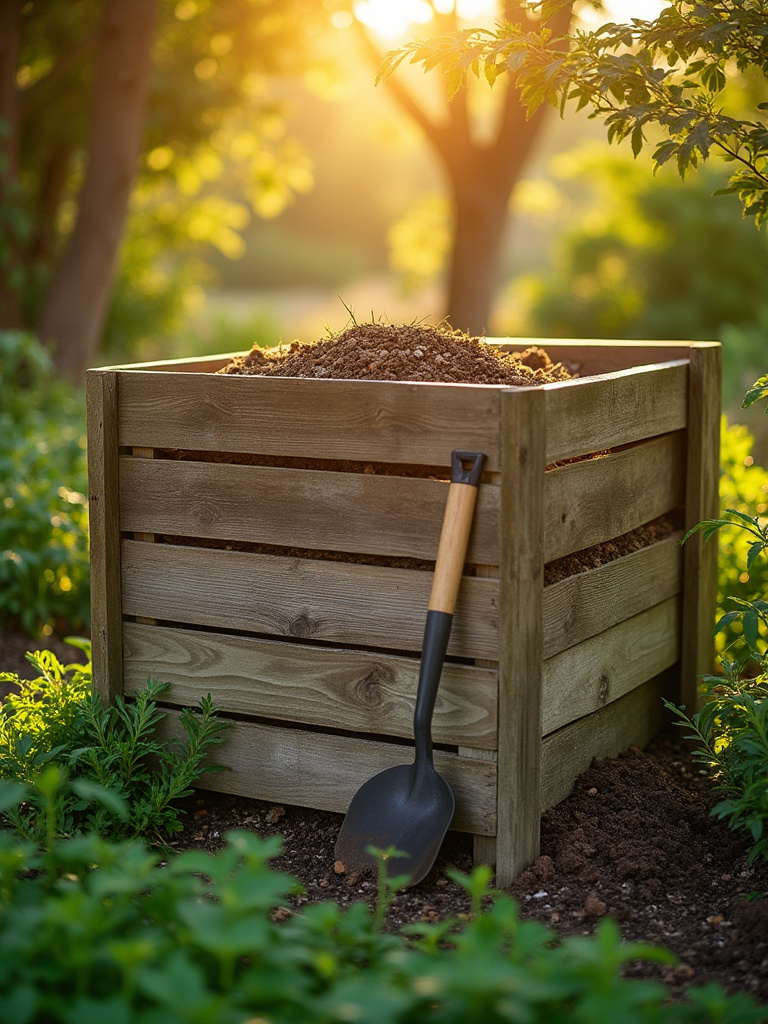
A simple compost bin tucked into a discreet corner is all you need. Layer your “greens” (kitchen scraps, grass clippings) with your “browns” (fallen leaves, shredded cardboard) and let nature do the work. The resulting compost will improve your soil structure, boost nutrients, and help retain moisture. You’ll never need to buy bags of fertilizer from the garden centre again. It’s a beautifully simple, closed-loop system.
This practice transforms waste into wealth, building a foundation of fertile soil for a thriving garden.
20. Invest in Quality Tools and Seasonal Maintenance Practices
Can we talk about tools? Using cheap, flimsy tools is like trying to cook a gourmet meal with a plastic spork. It’s frustrating, inefficient, and yields a poor result. “Buy well, buy once” is a mantra to live by. A good pair of secateurs that feel balanced in your hand, a sturdy spade with a sharp edge—these are not expenses; they are investments in your gardening pleasure.
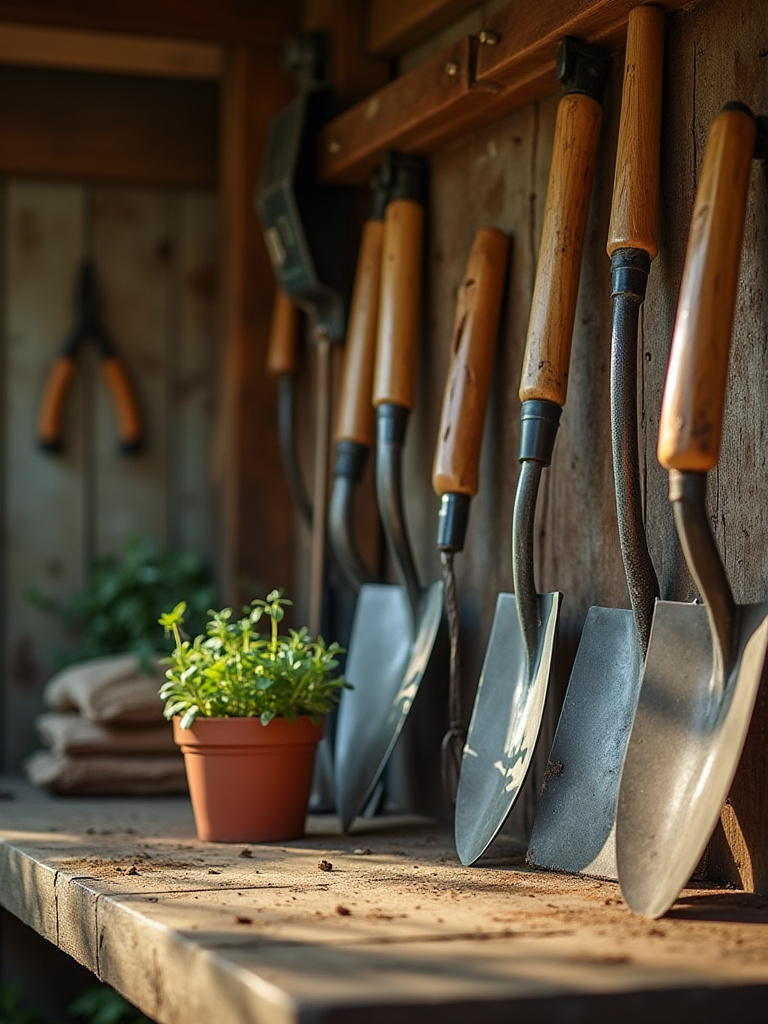
Paired with good tools is a simple, seasonal maintenance rhythm. A major tidy-up in spring and autumn, regular deadheading in summer, and tool cleaning in winter. This consistent, gentle attention prevents problems from escalating. A well-maintained garden, like a well-maintained home, is far less work in the long run than one that is neglected until it becomes an overwhelming jungle.
This commitment to quality and consistency ensures that the act of gardening remains a joy, not a chore.
Long-Term Enjoyment & Sustainable Practices (Part 2)
Our final consideration is the most forward-thinking of all. A garden should not be frozen in time, but rather designed to grow and change along with the lives of the people who love it.
21. Plan for Future Expansions and Adaptations as Needs Evolve
The garden you need today may not be the garden you need in ten years. The children’s play area may one day become a serene water garden; the vast entertaining terrace might be repurposed into raised vegetable beds. A truly brilliant design anticipates this evolution. It has good bones but allows for flexibility in its ‘rooms.’
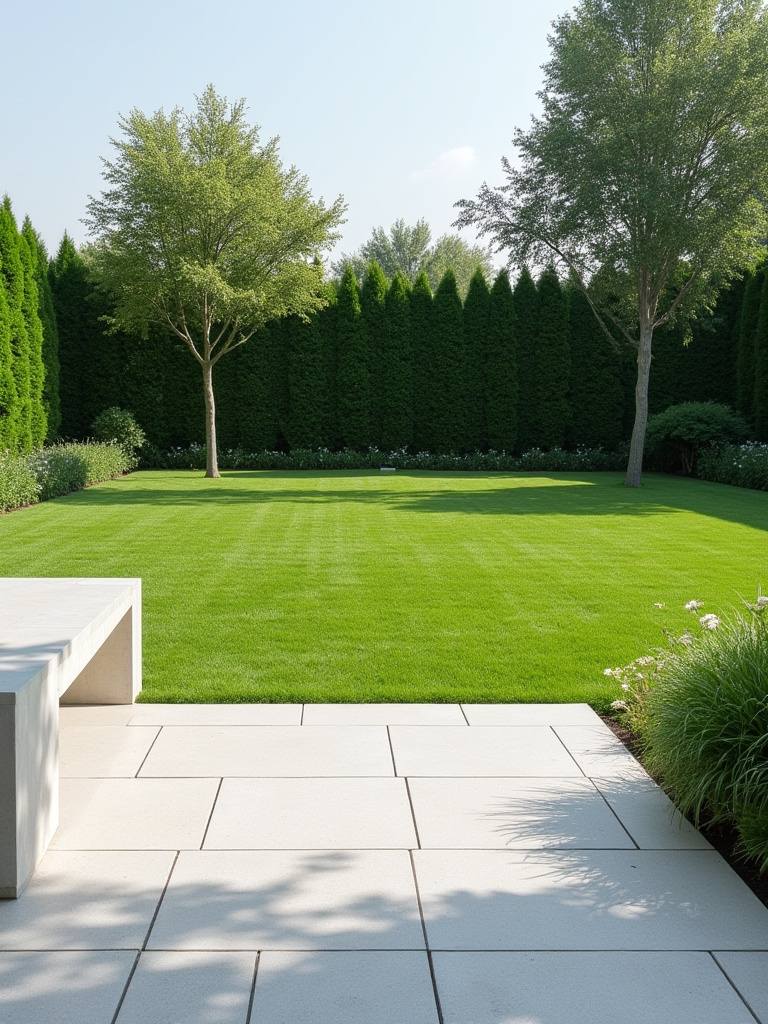
When planning, think in phases. Perhaps the outdoor kitchen is Phase Two. Lay the necessary electrical and plumbing conduits underground now, during Phase One, even if you cap them off for later use. It is infinitely cheaper and less disruptive than digging up your entire patio in five years. Design with modular components. A play area surfaced with bark chips can easily be converted into a planting bed later on. This foresight is the hallmark of a truly masterful plan.
Conclusion
So, we return to that garden in Hampshire. We didn’t install a thousand different features. We simply started with a plan. We defined a generous dining terrace with old brick that complemented the house, created a secluded reading corner screened by pleached hornbeams, and planted deep, layered borders for four-season interest. We addressed the bones. The radioactive slide, I am happy to report, has been “rehomed.”
Transforming your garden is not about a frantic weekend makeover. It’s a thoughtful, joyful process of creating a space that reflects who you are and how you want to live. Don’t be overwhelmed by the 21 steps. Simply start with one. Begin by observing your land. Make a sketch. Choose one small corner to make beautiful. Every great garden in history began with a single, intentional act. Your outdoor sanctuary is waiting. Go on, it’s time to begin.
